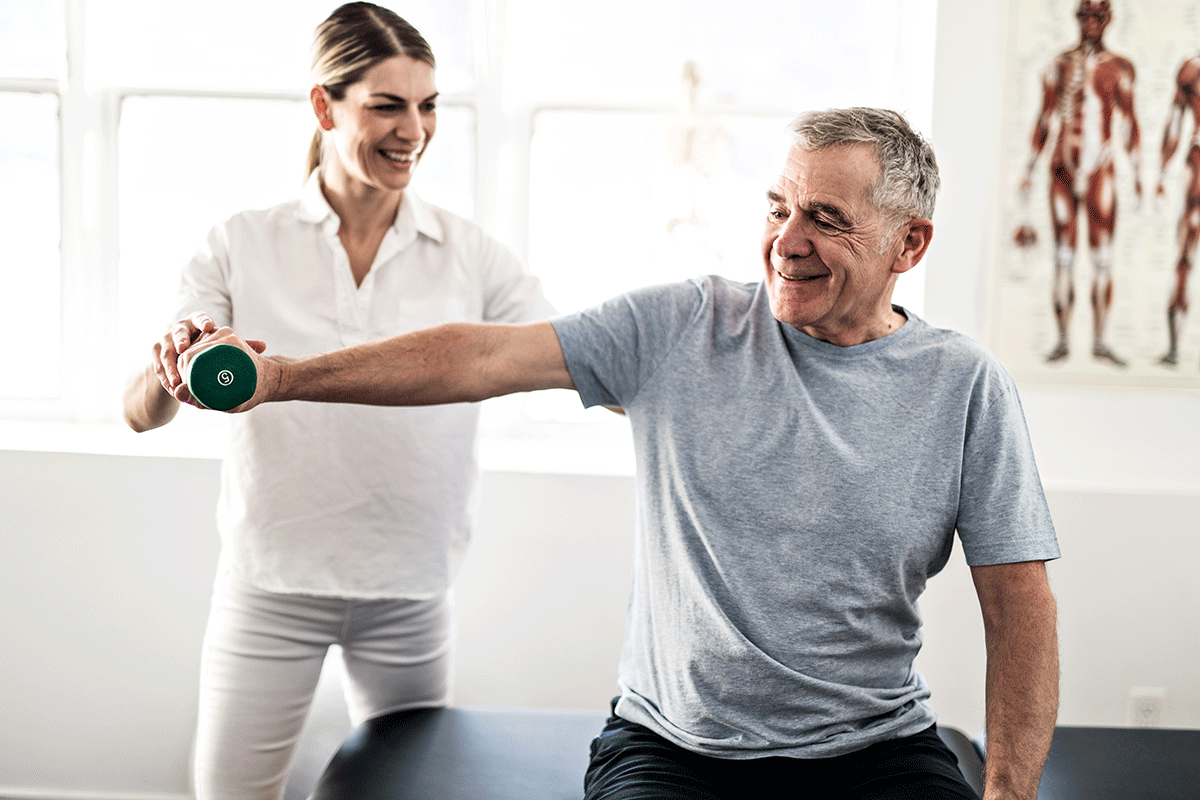Investigating the Synergistic Function of Physical Rehabilitation in Enhancing Discomfort Management Strategies
Wiki Article

Physical rehabilitation serves a crucial function in managing pain for numerous patients. Pain can occur from various conditions, such as traumas, surgeries, or chronic conditions. While medications are frequently used to alleviate discomfort, they may not always be the best option due to possible adverse reactions or dependency concerns. This is where physiological therapy enters in as a supportive approach. By focusing on mobility, strength, and agility, physical therapists help clients regain capability and diminish pain through specific exercises and methods.
One of the primary approaches physical rehabilitation specialists use is exercise treatment. This involves particular exercises designed to fortify muscles, enhance flexibility, and boost overall bodily function. For instance, a client recovering from leg surgery may participate in exercises that progressively increase their scope of motion and strength. These workouts not only help in lessening pain but also avert future traumas by promoting better mobility patterns. Additionally, physiological therapists frequently customize exercise regimens to meet the personal needs of each client, ensuring that they receive the best effective care possible.
Another this website important aspect of physical rehabilitation is hands-on treatment. This physical method includes techniques such as massage, joint movement, and manipulation. Hands-on treatment can help alleviate muscular tension, improve circulation, and diminish discomfort. For example, a specialist may use massage techniques to alleviate tension in the spine, which can lead to substantial discomfort reduction. By tackling the underlying issues leading to pain, hands-on therapy can enhance the overall effectiveness of discomfort control approaches.
Education is also a vital component of physical rehabilitation. Physiological therapists take the time to inform patients about their conditions and the importance of keeping an engaged lifestyle. Understanding the causes of discomfort and the advantages of physical activity can empower clients to assume control of their well-being. Specialists frequently provide guidance on proper body movements and alignment, which can help prevent pain from reoccurring. This informative aspect fosters a cooperative partnership between the therapist and the patient, leading to better results in pain control.
In summary, physical rehabilitation acts as a valuable tool in improving discomfort management strategies. By integrating workout therapy, hands-on methods, and patient education, physiological rehabilitation specialists address pain from various angles. This holistic approach not only helps reduce existing pain but also equips clients with the understanding and skills to manage their well-being in the extended term. As an increasing number of people seek alternatives to medication for pain alleviation, the importance of physical therapy will persist to grow in importance, providing hope and improved standard of life for many.